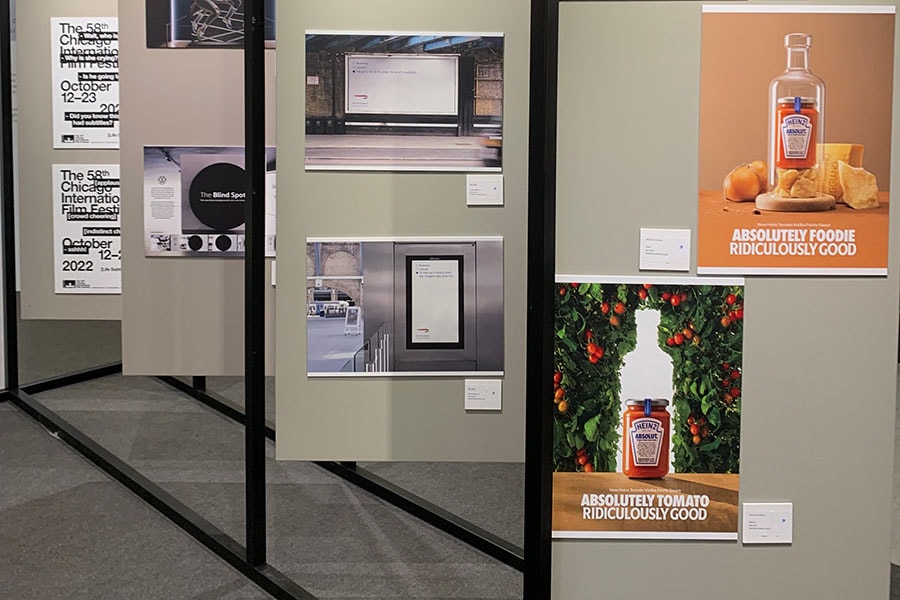
Be simple, but be bold: Cannes Lions juror Shekhar Badve
As the Cannes Lions, which recognises excellence in creativity, celebrates its 70th year, Forbes India talks to Shekhar Badve, the only shortlisting juror from India for Design Lions
 Shekhar Badve, Founder Director, Lokusdesign at Cannes Lions
Shekhar Badve, Founder Director, Lokusdesign at Cannes Lions
The creative world is in a tizzy. Cannes Lions is celebrating its 70th year and the who’s who of the advertising and creative communications industries have gathered for the five-day festival. Considered a global benchmark for excellence in creativity and effectiveness, the number of entries for the awards received this year is 26,992, a 6 percent rise from 2022.
Shekhar Badve, the founder director at Lokusdesign, a Pune-based design studio that specialises in branding and strategic design, is one of the 16 jurors from India selected for the process of shortlisting entries. Badve was selected to be a shortlisting juror for the ‘Design Lions’ category. Badve has been part of the India Design Mark jury, the CII's National Committee on Design, and the Grand Juror at the Afaqs Foxglove & Digies Awards, to name a few. While the design of experience centres and museums is his forte, Lokusdesign has worked on high-end packaging design, branding, and strategic design projects for reputable brands such as Havell’s, ITC, Cadbury's, and Nestle.
With over 20 years of experience, Badve deliberated over 310 entries in a month to arrive at his shortlist for the Design Lions Awards, which is scheduled for this evening. Forbes India caught up with him to understand what happened behind the scenes. Edited excerpts from the conversation:
Q. How were you selected for the prestigious task of being a juror?









